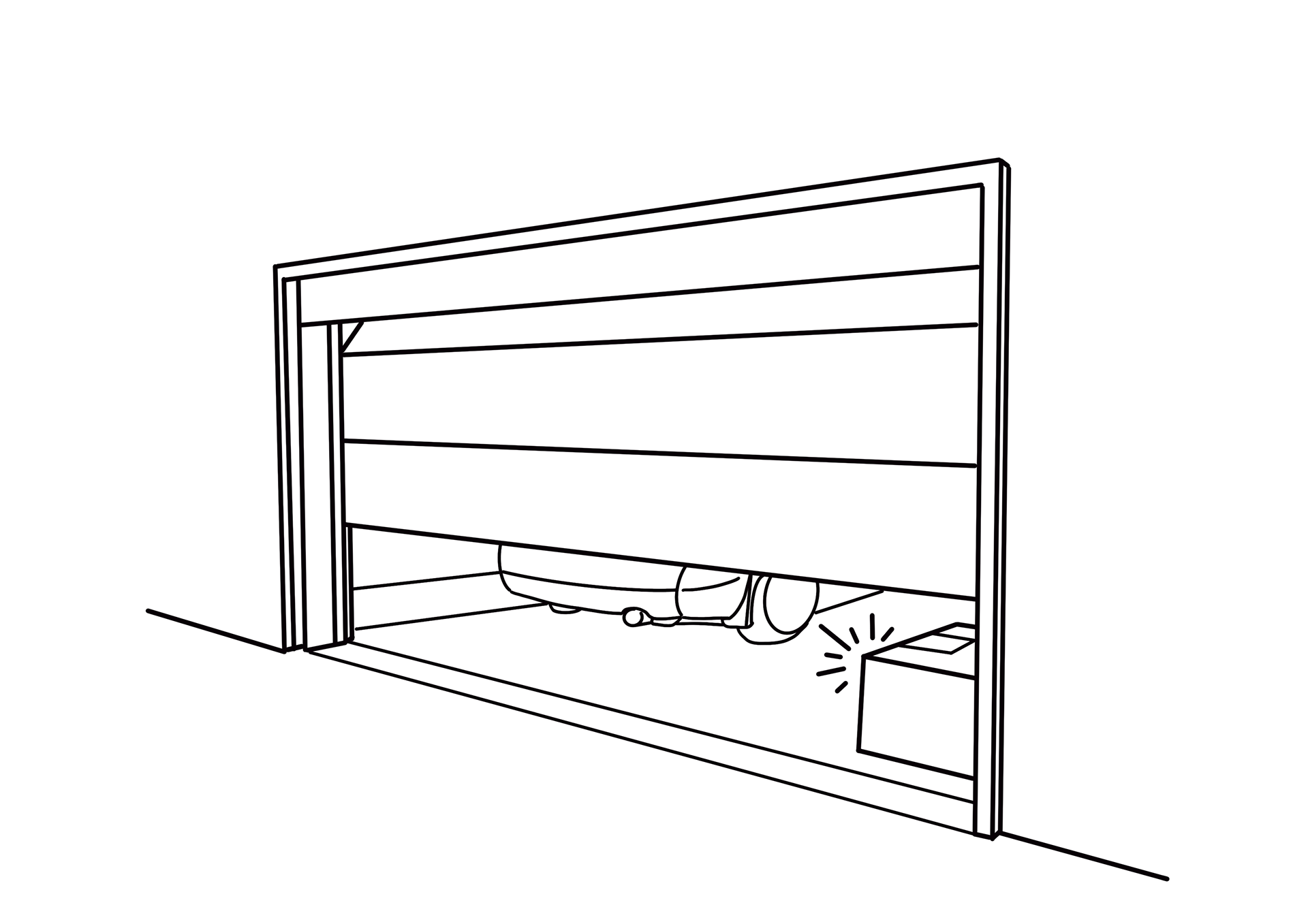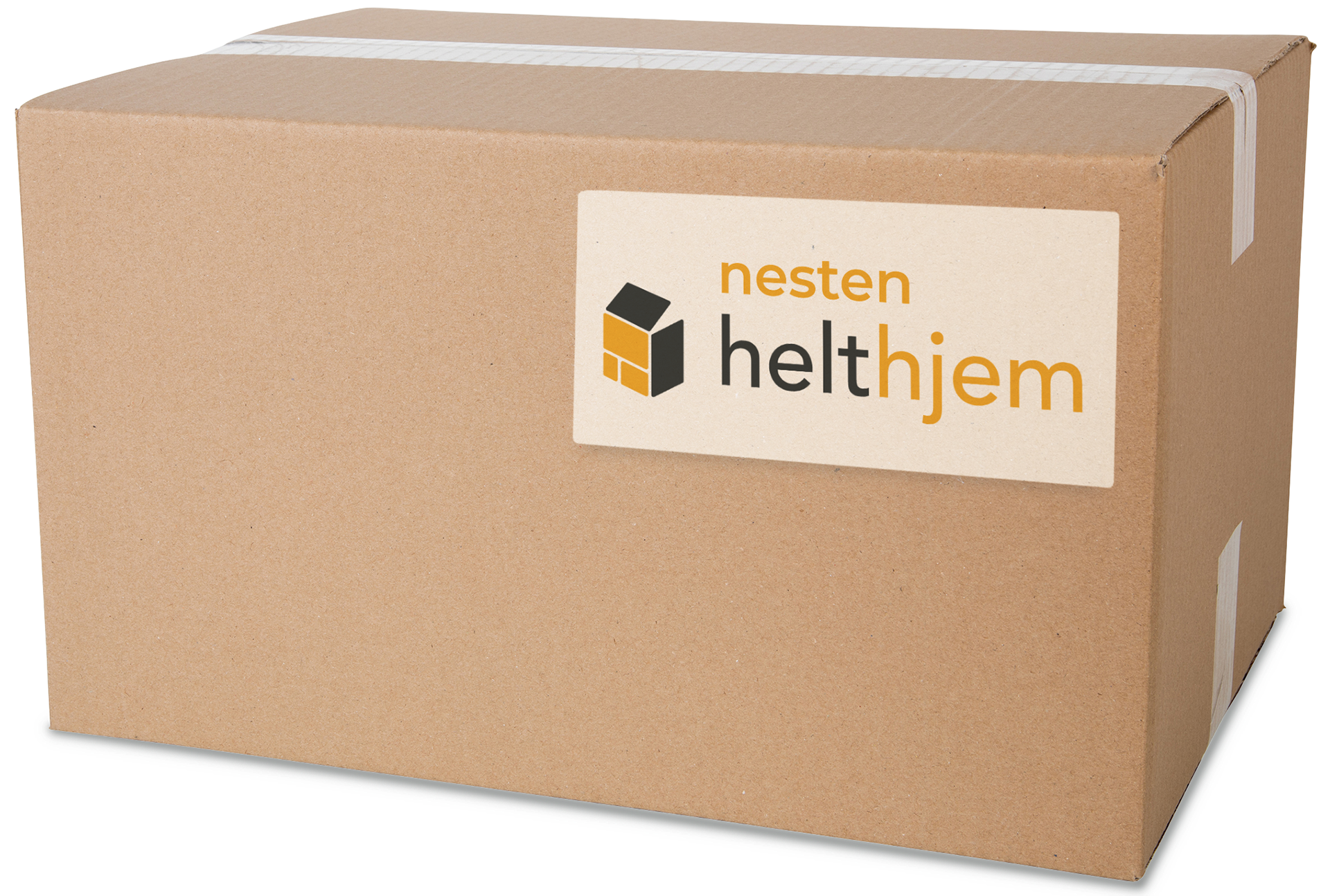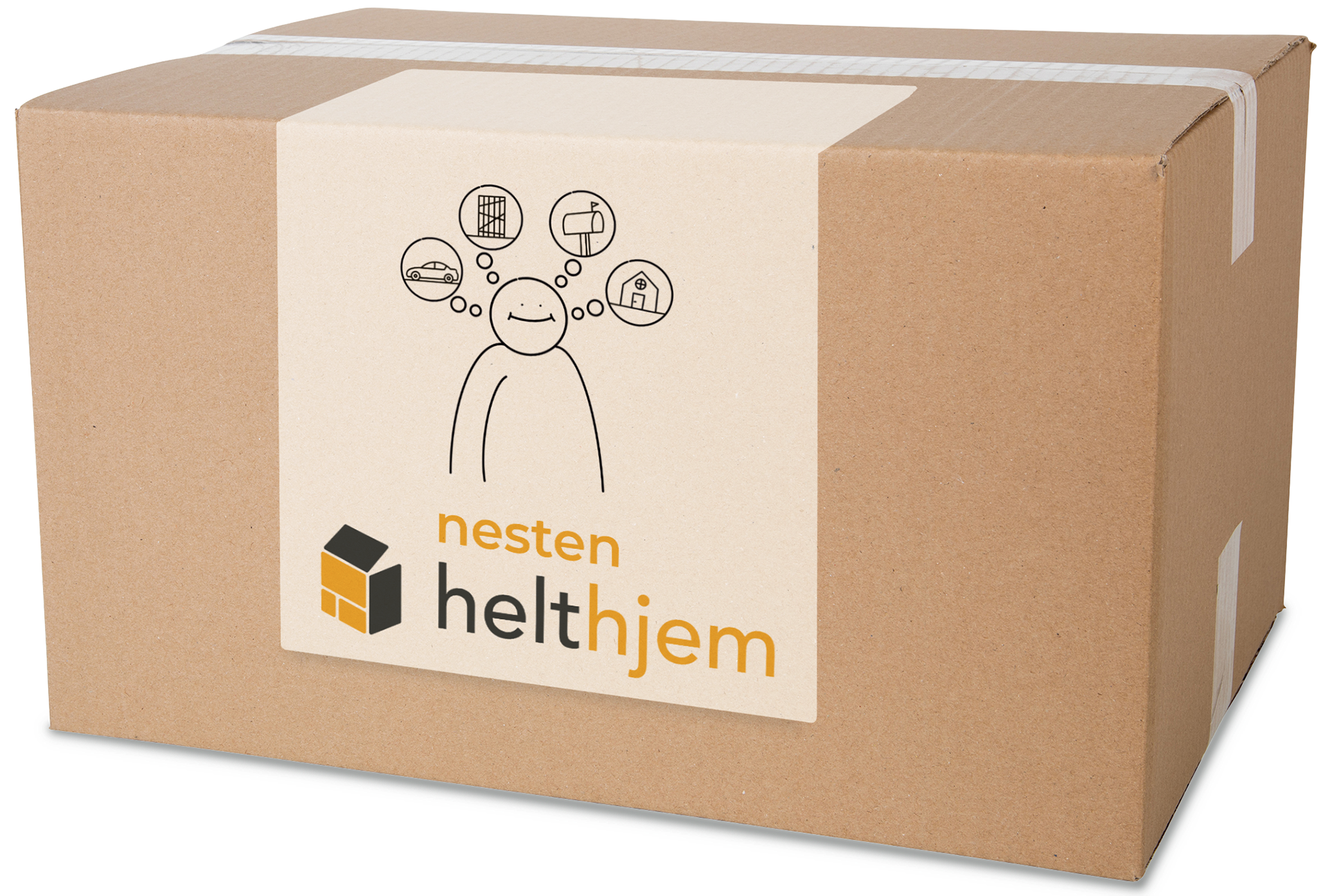'Nesten Helthjem' came to be through a brief given by the digital multi brand house Schibsted, who had a wish of improving the experience of online shopping while also taking a step closer towards a green shift in the process.
This brief was requested in Norwegian and has been delivered thereafter. The text will be in English and the pictures will contain Norwegian.
The tast which is listed below, gave us the following problem to solve: "When the articles have been put in the shopping basket, shipping has been selected, the sum has been oat and the order is confirmed: What does the customer then wish to know until the arrival of the package? Do they wish to make changes to the order atfer it has been shipped, and if so, which?"
'Nesten Helthjem' is supposed to be an extension of the already existing service 'Helthjem', and so we based ourselves on this existing service.
We went out in the streets, asked people and businesses, and we did a large anonymous survey to find information. We also were in frequent contact with selected representatives from Schibsted. We tried to make a user journey that revealed where issues occurred for the users, and if it were up to them: What would be a potential better solution?
The most prominent issues we discovered with the users were also the ones that were the most out of both the service and the users control: Theft being one of them (which only happens to about 3% of the packages according to Helthjem themselves), and unavailable mailboxes and addresses for the people out on delivery.


We mapped the different stages that happen outside the users control, and tried to see how we could contribute to the existing servise through rethinking what a 'key' could mean. 'Helthjem' means 'all the way home' in English, and that is a big part of their essence. But does all the way home have to mean literally all the way home?
The information that most people wanted to know after the package had been shipped, was where it was, and where it were being delivered to. Almost all of the customers wanted more freedom and more saying in the delivery options supplied by the service. If their address was considered unavailable, the delivery were given to the closest postal office by default.


Could it be enough to just adjust the communication through the customer and the supplier of the service, and make other 'homes' to deliver to other than your home address?



Our first thought was the 'deliver to your neighbor' principal, for when you are not home yourself. You can pick a backup neighbor of yours in checkout, as your profile is linked to your Schibsted account. But another idea we spent a lot of time on, was the one time virtual key to get your order delivered to the trunk of your car. This is already an already existing service delivered by Amazon in the US.


A similar solution, if you have an electric garage-door, is to use the same one-time access technology as with the in car-delivery service.
The key would be embedded in the barcode on your package, and opened though the phone of the person in charge of the delivery though bluetooth.
We also did a lot of research on the simplest ways to deliver a package and keep most of the 'Helt Hjem' essence, and discovered we could hire local part time C2C postal services through neighbors - maybe teenagers or seniors for a low threshold social part-time job.
And the simplest proposal of them all:
if your address is unavailable for the service, but one of your neighbors' address is available, then they should not be responsible for what happens to your package when it is left in plain sight at their front door. We try to see the value in neighborhood loyalty, and choose to place trust in something as simple as packaging:






We consider our service as ready to integrate in the existing service 'Helthjem', and to be an extension of what they already offer. At the bottom you can see potential marketing for the new additional service of Helthjem:









